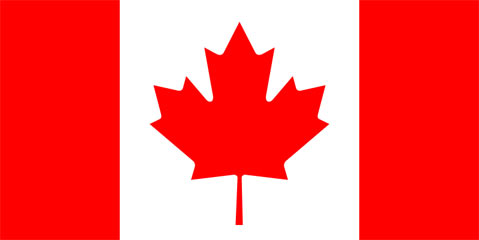How Health Care Is Done in Canada
A Little Information to Go with Those Passionate Convictions

As someone with dual United States and Canadian citizenship, I’ve experienced both the bad and the good aspects of a government-run universal health-care system.
Although the plan that President Barack Obama detailed for Congress and the nation on September 9 is not the same as our northern neighbors’, the single-payer Canadian system continues to be a focus of controversy on both sides of the debate. Perhaps I can shed a little light, to complement the considerable heat, on that aspect of our national discussion.
During a nine-year residence in Victoria, British Columbia, Canada, I came to Santa Barbara on vacation in 1997 but soon was forced to seek medical attention for severe heart-related chest pain. A cardiologist at the Santa Barbara Cardiovascular Medical Group diagnosed my case as urgent and recommended quadruple bypass surgery within days. But I chose to return to Canada for surgery under the national health plan. (I had already had my diseased gall bladder removed there by the then-new “keyhole” method in 1990.)
Back in Victoria, a gruff British-Canadian cardiologist agreed that my case was urgent, but told me of an eight-week wait for surgery “because of a patient backlog.” He assured me, though, that if I had a recurrence of serious chest pain, “We’ll get you in for surgery right away.”
My eight weeks passed anxiously but without urgent symptoms. And then I was cared for by my own chosen physician and specialists in a Victoria hospital that was efficient, clean, and comfortable. The eventual procedure-a quadruple heart bypass-went well. And no bill.
Similar waits for major surgery reportedly drive thousands of Canadians to the United States annually for treatment that’s ruinously expensive unless they have private insurance.
Here’s how Canadian health care currently works, according to several sources, including the British Columbia Health Ministry and Wikipedia.
Health care in Canada is delivered by a publicly funded system, with most services provided by private entities such as hospitals.
The federal government sets standards and ensures quality of care. It does not participate in day-to-day care or collect information on patients’ health. That’s between patients and their own chosen doctors.
The nation’s 10 provinces manage their own health care and health insurance plans. They pay hospitals and doctors. Generally, provincial health plans are financed by a combination of federal government funds transfers, federal and provincial income taxes, and low health insurance premiums. Some provinces don’t even charge premiums. British Columbia does, and premiums range from about $57 a month to $114, depending on income. Those with low income pay nothing. Health insurance recipients receive provincial ID cards-called Care Cards-entitling them to the same level of basic care, with no deductibles.
Depending on the province, that care can vary. Maternity and infertility coverage generally is available. Some provinces offer no dental and vision care-but private insurance can be obtained. Patients who want private hospital rooms may also need private insurance.
Prescription drugs generally are purchased through a government-run PharmaCare plan. The federal government negotiates with drug companies to control costs.
Canadians can’t lose their health insurance if they change or lose their jobs-as long as their monthly premiums are up to date. That’s an important benefit of their universal health-care system.
A final note on another subject for Sarah Palin: My Canadian parents both spent their last years at government expense in a resort-like, lakeside nursing home in Ontario province. No “death panels” for them.
So, come on, President Obama, don’t buckle to your raucous, misinformed critics. Give us national health care for everyone.



